How To Choose A Travel-Friendly Cat Breed
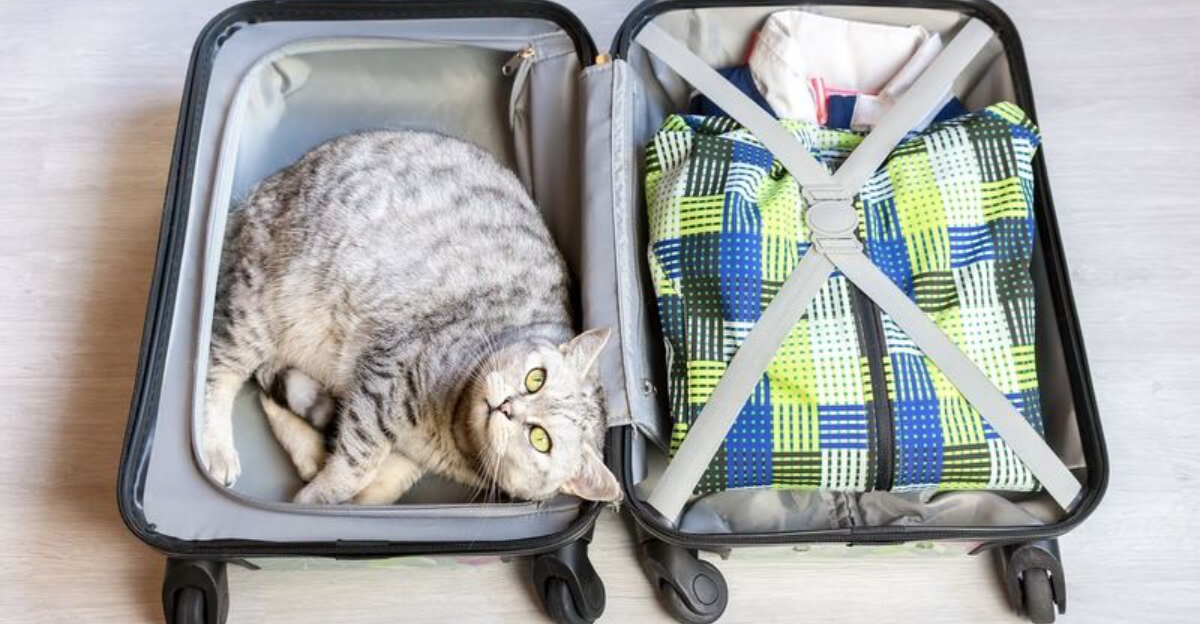
Planning a trip with a feline friend? Choosing the right breed can make all the difference. Some cats adapt better to travel, ensuring a smoother journey for both of you.
Explore these 12 tips to find the perfect travel companion!
1. Consider Temperament

When choosing a travel-friendly cat, temperament is key. Look for cats that are naturally calm and sociable, as these traits help them adapt easily to new environments.
Spend time observing potential pets to see how they handle unfamiliar situations. A cat that remains relaxed amid some hustle and bustle will likely enjoy travel more than a skittish one.
To assess their temperament, interact with them outside of their comfort zone – notice whether they’re curious or frightened. This will help you choose the right companion for stress-free journeys.
2. Check Size And Weight

Size and weight are important factors when choosing a travel companion for your cat. Smaller, lightweight cats are easier to transport, fitting comfortably in carriers and adjusting to confined spaces.
Larger cats may feel cramped in standard carriers, and lifting them could put a strain on you, especially during frequent travel.
Before making a decision, check the breed’s average size. If you travel often, a lighter cat will be much easier to lift and manage.
A petite feline can make your journeys much smoother, ensuring comfort for both you and your cat. Choose wisely to make travel as stress-free as possible.
3. Adaptability To Change

Cats that easily adapt to change make the best travel companions. They remain curious and unafraid of new sights and sounds, which is crucial for stress-free travel.
Observe how they respond to unfamiliar environments – are they eager to explore? This adaptability is key to ensuring your cat enjoys the journey with you.
Introduce them to different settings and pay attention to their reactions. A cat that embraces change will be your ideal travel partner, making the experience enjoyable for both of you.
Look for signs of adaptability in their behavior – it will make all the difference on the road.
4. Evaluate Coat Type
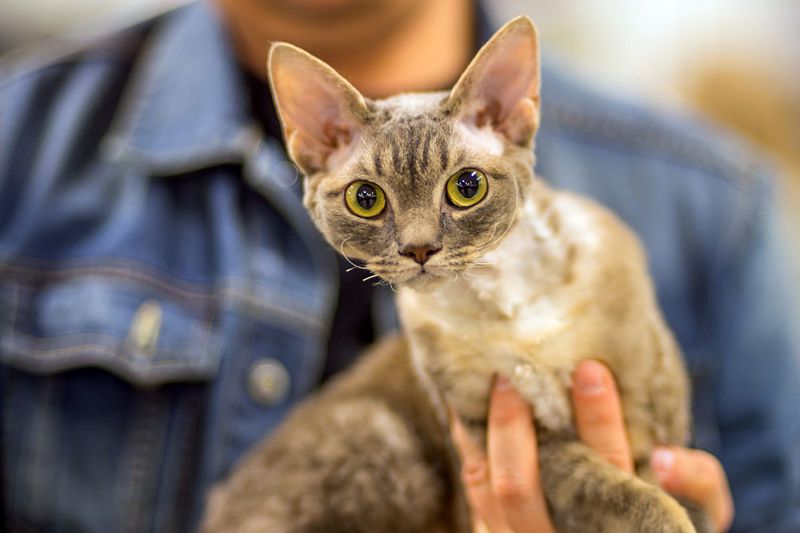
The type of coat your cat has plays a significant role in how easy travel will be. Short-haired cats are lower maintenance, shedding less in confined spaces and requiring minimal grooming.
Long-haired cats, on the other hand, demand more attention and frequent grooming. If you’re not prepared for regular grooming on the road, a short-haired breed might be a better choice.
Less shedding means a cleaner travel environment, making your journey more comfortable. Consider your cat’s grooming needs before choosing a travel companion to ensure a smoother experience on the go.
5. Health And Well-Being
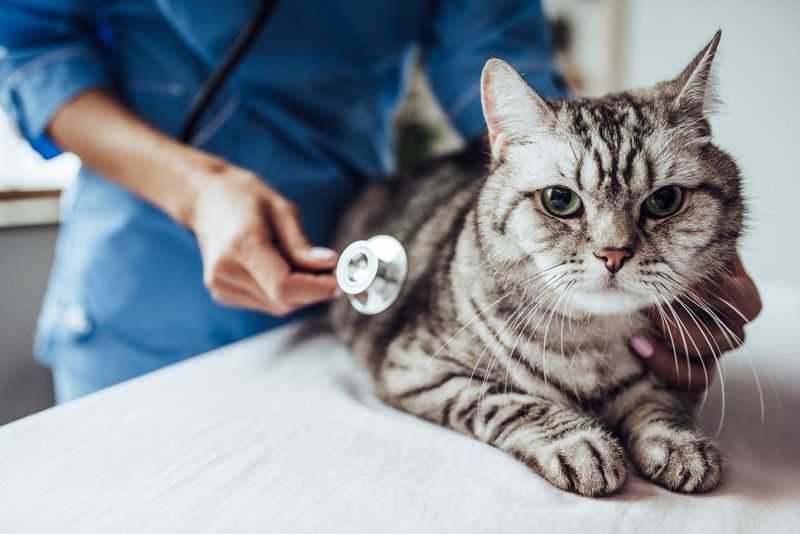
A healthy cat makes for a better travel companion, so ensure your feline is in top condition before hitting the road. Regular vet checkups are essential, especially since some breeds are prone to specific health issues.
Research the breed’s potential health problems to avoid surprises during your travels. A strong, healthy cat will cope with travel stress more easily.
Keep vaccinations up to date and focus on preventative care. Choosing a breed known for its robustness will contribute to a smoother journey for both of you, offering peace of mind throughout the trip.
6. Assess Social Skills
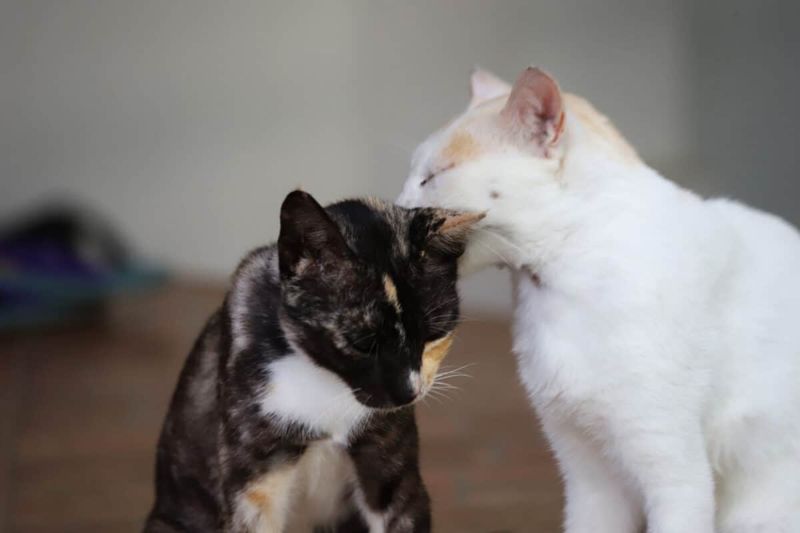
Social skills are crucial for travel-friendly cats. A sociable cat adapts easily to new people and pets, making them less likely to get stressed by strangers.
Exposure to different environments can enhance their social nature, so consider breeds known for their friendly disposition. Cats that enjoy company will thrive on trips, creating a more enjoyable experience for both of you.
Observe how your cat interacts with others – are they welcoming or aloof? A cat with excellent social skills will ease new experiences and reduce stress, ensuring smooth and harmonious travel adventures together.
7. Research Breed’s Behavior

Understanding a breed’s typical behavior is essential when choosing a travel-friendly cat. Each breed has its own personality – some are naturally curious and adventurous, while others prefer a stable, quiet routine.
Doing your research helps set realistic expectations and guides you toward a cat that matches your travel lifestyle.
Whether you want a playful companion or a calm traveler, knowing breed traits ensures better compatibility.
Thorough research leads to informed choices, making your travel experiences smoother and more enjoyable for both you and your feline friend.
8. Check Noise Tolerance

Noise tolerance is essential for travel cats. Some cats are sensitive to loud sounds, making busy places like airports, train stations, and bustling streets overwhelming.
Choose a cat that isn’t easily startled by noise. Observe how they react to sounds – cats that remain calm in chaotic settings are ideal for travel.
Noise-tolerant cats adapt more easily to busy environments, reducing stress. This trait significantly impacts your travel experience.
A relaxed cat ensures a peaceful journey, so choose wisely for a stress-free travel companion.
9. Evaluate Energy Levels

Energy levels are key when choosing a travel-friendly cat. High-energy breeds may become restless during long trips, while calm, low-energy cats are easier to manage. They settle quickly and are content with quiet time.
Consider how often you travel and whether you prefer a laid-back companion. A cat’s energy level can greatly impact your travel experience.
Low-energy cats adapt well to travel routines, making the journey smoother. Match your cat’s energy needs to your lifestyle for a more harmonious relationship and a simpler trip for both of you.
10. Consider Grooming Needs
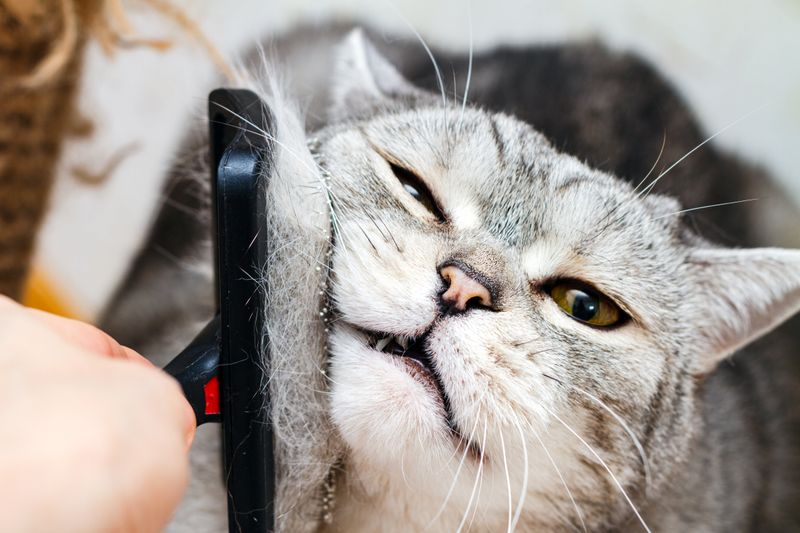
Grooming needs play a big role in how easy it is to travel with your cat. Short-haired breeds require less maintenance, making them better suited for travel.
Frequent grooming on the road can be cumbersome, so consider how often you’re willing to groom your cat. Long-haired breeds need more care – are you prepared for daily grooming?
Choosing a cat with grooming needs that fit your lifestyle simplifies travel. Short-haired cats are often ideal since less grooming means more time for exploring.
Assess grooming requirements carefully to ensure smooth and stress-free journeys.
11. Age Considerations
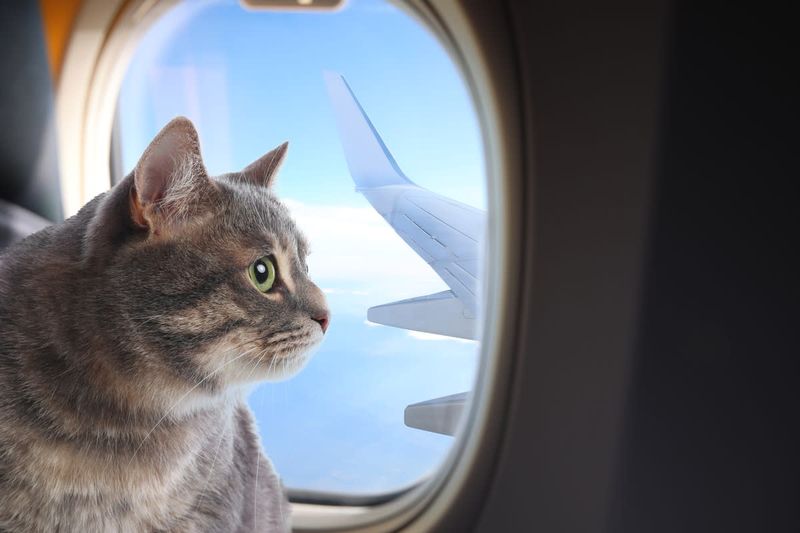
Age is an important factor when choosing a travel-friendly cat. Young adults tend to adapt better to change and are more adventurous, making them ideal for travel.
Older cats may struggle with travel stress and have a harder time adjusting to new environments.
Younger cats are generally more resilient and can cope with the demands of travel. Their flexibility and energy make them excellent travel companions.
Consider the cat’s age alongside other traits to ensure a smooth travel experience. Selecting a young adult cat often leads to more successful journeys.
12. Observe Affection Levels
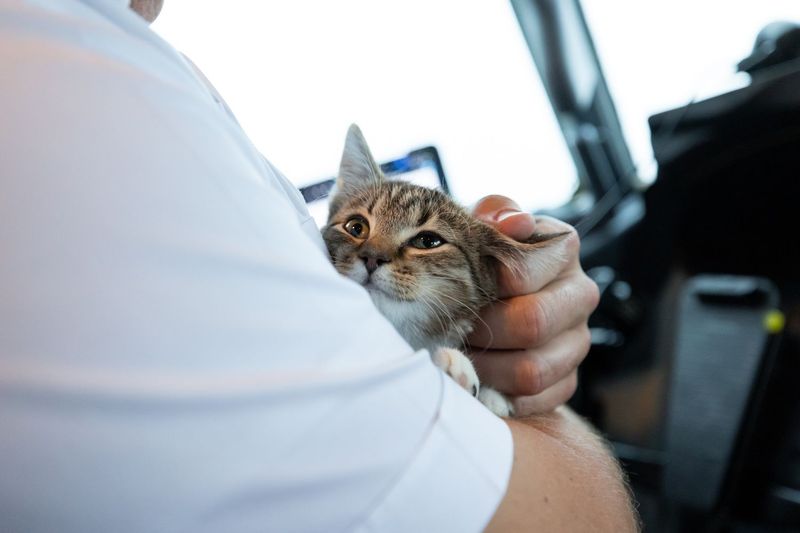
Affection levels play a key role in travel enjoyment. A loving, affectionate cat makes the journey more comfortable and enjoyable, offering companionship and reassurance.
Cats that seek attention and enjoy being close are ideal travel companions. They adapt well to new environments and thrive on adventures, providing emotional support along the way.
A cat that enjoys cuddles will enrich the travel experience, making it more memorable for both you and your pet. Choose a cat with high affection levels to ensure a joyful and fulfilling trip.






